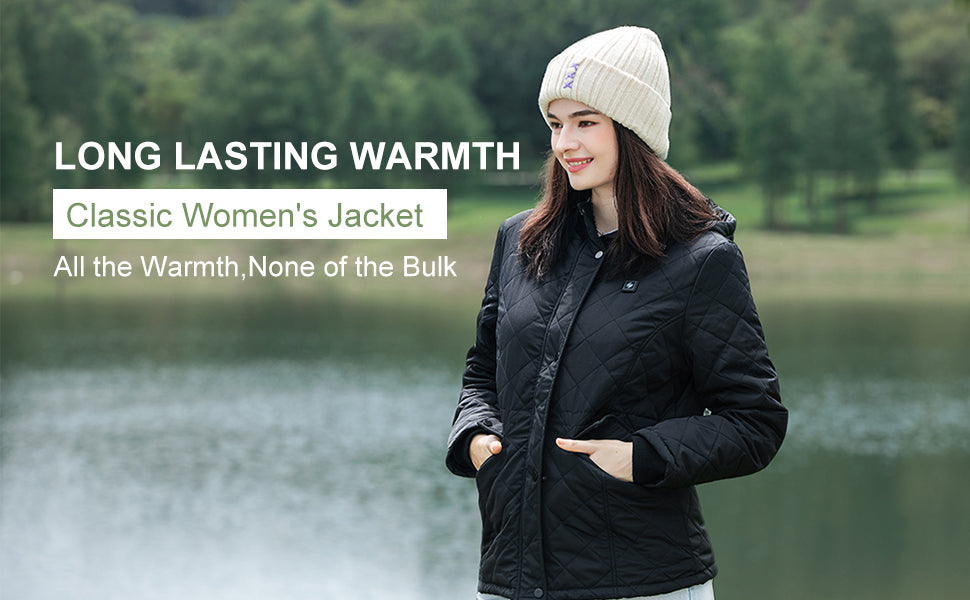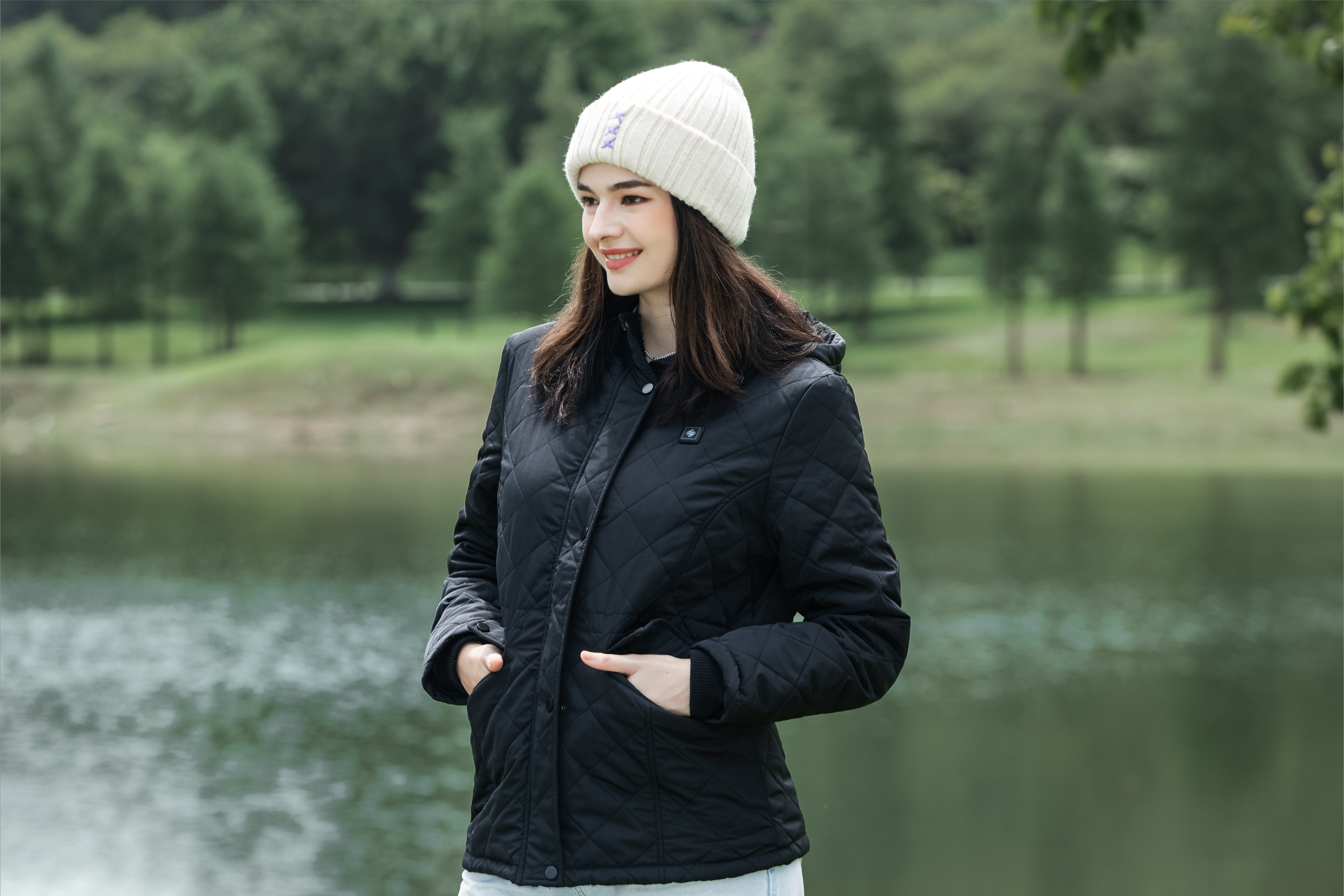Electric heating clothing has certain market advantages in heating clothing


Currently, the market offers chemical heating garments, solar heating garments, and electrically heated garments. Chemical heating garments generate heat through chemical reactions, similar to warming pads. They are convenient and cost-effective. However, it's important to be cautious about direct skin contact as it may cause burns, and they also produce solid waste, negatively impacting the environment.
Solar heating garments rely on sunlight to generate heat, but their drawback is the need for sufficient sunlight intensity to maintain prolonged heating, which may limit indoor use during winter, except for outdoor workers.

On the contrary, electrically heated garments offer distinct advantages. They have adjustable temperatures, similar to electric blankets, and can be worn close to the skin or over clothing without causing burns. Users can regulate the temperature for consistent comfort.

In comparison, electrically heated garments provide longer-lasting warmth and are not restricted by light conditions, making them suitable for both indoor and outdoor use. This versatility has contributed to their increasing popularity, appealing to a broad range of consumers, including outdoor enthusiasts, winter enthusiasts, and those seeking warmth in daily life. As a result, electrically heated garments have become the preferred choice in the heated apparel market.









Leave a comment